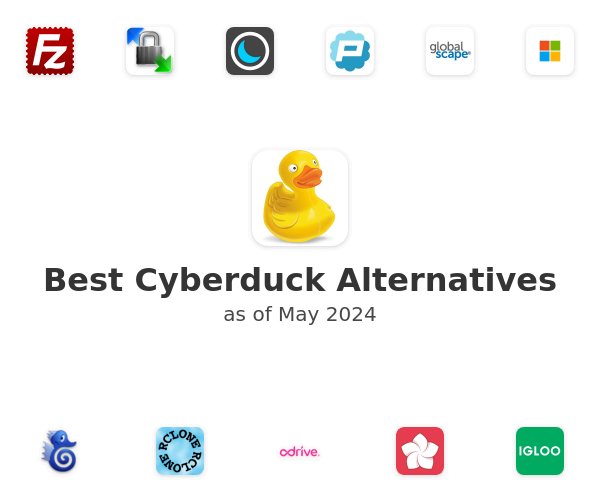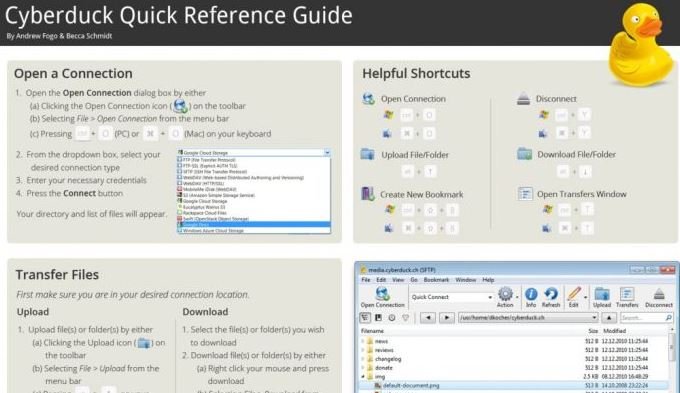
If the resource is a collection, deletes every resource contained recursively.ĭELETE directory: srmRmdir with -r recursive option MKCOL creates a new collection resource at the location specified by the Request-UI.Ĥ09 Conflict means that one or more intermediate collections doesn't existĤ15 Method Not Allowed means that collection already existsĭelete the resource identified by the Request-URI. If the Request-URI does not point to an existing resource, server creates the resource with that URI.Ĥ09 Conflict one or more intermediate collections doesn't existĤ05 Method Not Allowed resource exists but it's a collectionĪcts like HTTP/1.1, so HEAD is a GET without a response message body Of the one residing on the origin server. If the Request-URI refers to an already existing resource, the enclosed entity is considered as a modified version The PUT method requests that the enclosed entity be stored under the supplied Request-URI. GET, when applied to a collection, returns an HTML resource that is a human-readable view of the contents of the collection. GET applied to a file retrieves file's content. GET is defined as " retrieve whatever information (in the form of an entity) is identified by the Request-URI" StoRM GridHTTPs maps the HTTP/WebDAV methods with the SRM operations as shown by the following table: Method Every WebDAV method needs to be mapped to one or more SRM operations that have to be transparent to the final users.



So it is simple to understand that a WebDAV resource for StoRM GridHTTPs WebDAV implementation will be a file, while WebDAV collections will be directories of a file-system. CMS, hibernate pojos, etc) through a WebDAV interface.Īs seen in the chapter before, through a WebDAV interface we are allowed to manipulate resources and collections of them. It is able to expose any existing data source (e.g. GridHTTPs’ WebDAV implementation is based on Milton open source java library that acts as an API and HTTP protocol handler for adding the WebDAV support to web applications. Starting from EMI3 version, StoRM GridHTTPs server exposes a WebDAV interface to allow users to access Storage-Areas data via browser or by mounting it from a remote host. WebDAV uses XML for property names and some values, and also uses XML to marshal complicated requests and responses. Since some WebDAV methods may operate over many resources, the Multi-Status response has been introduced to return status information for multiple resources. While the status codes provided by HTTP/1.1 are sufficient to describe most error conditions encountered by WebDAV methods, there are some errors that do not fall neatly into the existing categories, so the WebDAV specification defines some extra status codes. UNLOCK - used to remove a lock from a resource.WebDAV supports both shared and exclusive locks. LOCK - used to put a lock on a resource.MOVE - used to move a resource from one URI to another.COPY - used to copy a resource from one URI to another.MKCOL - used to create collections (a.k.a.PROPPATCH - used to change and delete multiple properties on a resource in a single atomic act.It is also overloaded to allow one to retrieve the collection structure (a.k.a. PROPFIND - used to retrieve properties, stored as XML, from a web resource.These abstractions are manipulated by the WebDAV-specific HTTP methods and the extra HTTP headers used with WebDAV methods. In a few words, the WebDAV protocol mainly abstracts concepts such as resource properties, collections of resources, locks in general, and write locks specifically. WebDAV on Wikipedia and the WebDAV website provide information on this protocol. The purpose of this protocol is to present a Web content as a writable medium in addition to be a readable one. Web Distributed Authoring and Versioning (WebDAV) protocol consists of a set of methods, headers, and content-types ancillary to HTTP/1.1 for the management of resource properties, creation and management of resource collections, URL namespace manipulation, and resource locking. See the examples section to other storage area configuration examples. User has to provide a valid VOMS proxy only if he wants to write data.Īnd so on. If the Storage Area B is owned by the VO Y but permits a read-only access to anonymous To access the Storage Area’s data users have to provide the right credentials.įor example, if the Storage Area A is owned by the VO X, user has to provide a valid VOMS proxy.

Remote Grid storage areas as a volume, directly on their own desktop. This WebDAV interface conceals the details of the SRM protocol and allows users to mount Http(s)://:// Table of contentsĮach Storage Area that supports HTTP or HTTPS transfer protocols can be accessed through the WebDAV interface provided by From StoRM GridHTTPs server version 3.0.0 the WebDAV service is provided at:


 0 kommentar(er)
0 kommentar(er)
